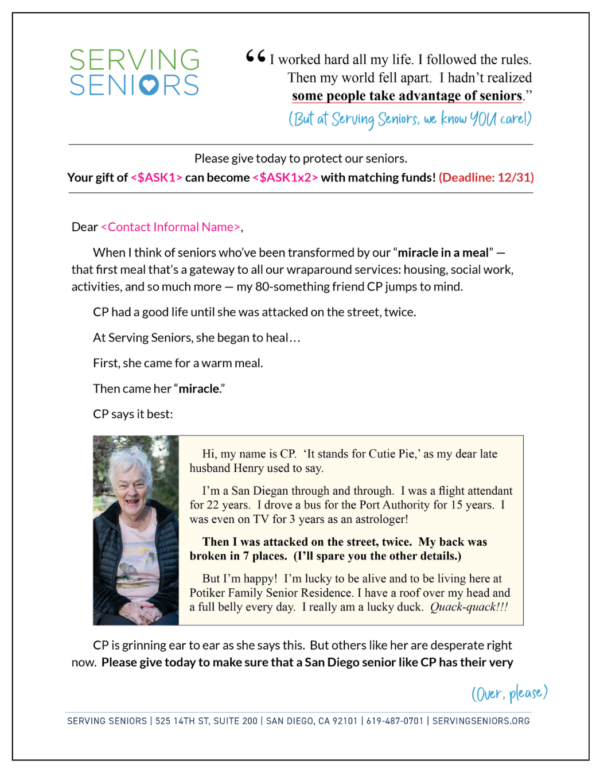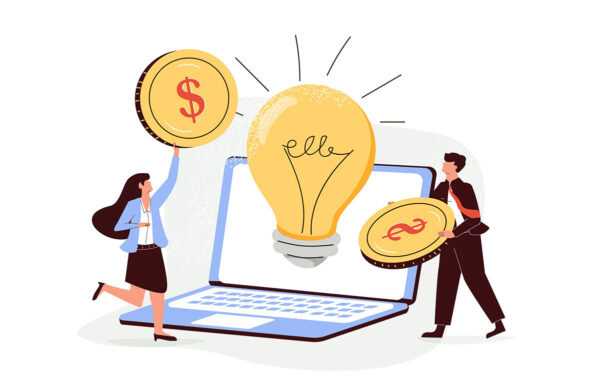The following is a hand-picked guest post from Julie Cooper. Enjoy, and you can read more about Julie below.
* * *
Keep your eyes open for story moments that can create powerful, unexpected emotions.
There’s a very cool-looking Jeep that Brett and I often notice during our neighborhood walks. On its dashboard are a bunch of cute little rubber ducks.
Eventually, driving around, we noticed other Jeeps with ducks on their dashboards.
Finally we got curious enough to ask the Internet.
Yep, it’s a thing.
It’s called “Jeep ducking.“

According to this article from Sleep Hollow Auto Group, the trend kicked off in early Covid days:
In July 2020, Allison Parliament had recently moved to a new town and purchased a Jeep Wrangler. After a tough day, she was out shopping and spotted another Jeep Wrangler in the parking lot of the store. Wanting to spread a little positivity, she took out a marker and wrote “Nice Jeep” on a rubber duck she’d just purchased, and she left it on the vehicle for the owner to find.
As she was finishing up, the owner of the vehicle – who she described as a “burly, scary-looking, 6-foot-5 guy” – asked what she was doing. She showed him the duck, and he loved it! He told Allison she should post it on social media.
She posted the photo that day, and her unique act of kindness spread like wildfire under the hashtag #duckduckjeep. People started buying rubber ducks and leaving them on Jeeps across the nation, inspiring a fun tradition among Jeep owners and enthusiasts alike.
Soon, people were buying ducks in different colors, ducks of different sizes, ducks in outfits – all with the intention of giving them away to make someone else smile. And as people collected them, Jeep drivers displayed them on their dashboard – in what’s now lovingly known as a “duck pond.”
I love this. You can build a vibrant community based on true kindness.
Sounds a lot like fundraising, right?
Are you looking for your “lucky duck” fundraising stories?
Jeep owners are “lucky ducks.”
They’re lucky when they give.
And when they receive.
It’s a virtuous circle.
I’m reminded of a client appeal Brett and I wrote – that performed very well – in which a senior who’d endured terrible trauma later took to calling herself a “lucky duck.”
Can you imagine?
When Brett and I interviewed this woman, who goes by “CP,” we could hardly believe what we were hearing.
CP’s spirit was so incredibly bright, in spite of it all.
That’s why we leaned into the lucky duck aspect of CP’s story. We featured it on the first page of the appeal letter. Below is the version that went to monthly donors. (You can read the full 2-page appeal here.)

I want to call your attention to 2 paragraphs.
“Then I was attacked on the street, twice. My back was broken in 7 places. (I’ll spare you the other details.)
But I’m happy! I’m lucky to be alive and to be living here at Potiker Family Senior Residence. I have a roof over my head and a full belly every day. I really am a lucky duck. Quack-quack!!!”
Talk about powerful, unexpected emotions!
3 takeaways for you:
- Build on authentic story moments — like CP’s “lucky duck” spirit. When someone shares something that strikes you as unusual and makes you feel “some kind of way,” note it and think carefully about how you might honor it in your appeal.
- Embrace the unexpected — Who could have guessed that rubber ducks would become a symbol of Jeep community? Or that a woman who survived brutal attacks would radiate such joy? Such unexpected elements are key to creating unforgettable stories.
- Recognize that your donors are “lucky ducks” too — Remember that giving can feel as good as (if not better than) receiving, so don’t be afraid to ASK. Every ASK is a feel-good giving opportunity.
The next time you’re crafting an appeal, think of CP’s “Quack-quack!!!” spirit and look for those “ducks on a dashboard” fundraising story moments. Few people can resist the “unexpected feels!”
* * *
Steven says, “This guest post is from Julie Cooper, the ‘fundraising copywriter and donor communications specialist’ who I’m THRILLED to share with you. Julie’s (and her partner Brett’s ) newsletter and blog are full of fun, practical advice.”









